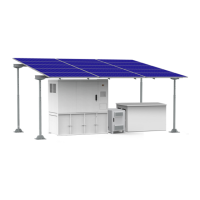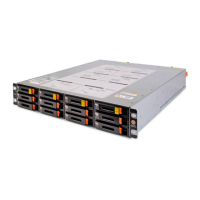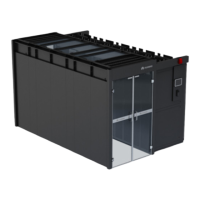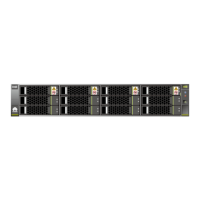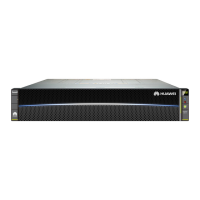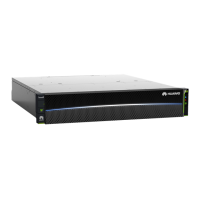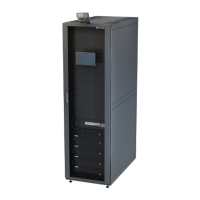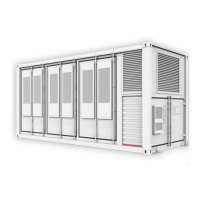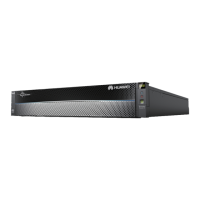IDS1000-A Air-Cooled Container Data Center
All-in-One Maintenance Guide
Huawei Proprietary and Confidential
Copyright © Huawei Technologies Co., Ltd.
Procedure
Step 1 Enter your user name and password to log in to the NetEco.
If the password was changed when the management system was commissioned, enter the
new password.
If the password was not changed when the management system was commissioned, enter
the initial password.
Step 2 Choose Fault > Current Alarms, and view the current alarm information.
Step 3 Collect alarm information.
After an alarm is generated, immediately collect the following information:
Occurrence time and place
Detailed fault symptoms
Operations performed before the fault occurs
Services and scope affected by the fault alarm
Measures taken after the fault occurs and the effect
----End
Example
Table 4-1 describes an alarm information collection template.
Table 4-1 Alarm information collection table
Measures
Taken and
Effect
4.3 Determining the Faulty Area and Alarm Severity
After receiving a fault alarm, determine the alarm severity immediately. If the alarm is critical,
troubleshoot by following instructions in 6 Emergency Operations. If the alarm is not critical,
locate and handle the alarm by following instructions in 4 Alarms and Faults.
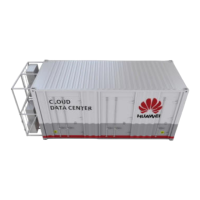
